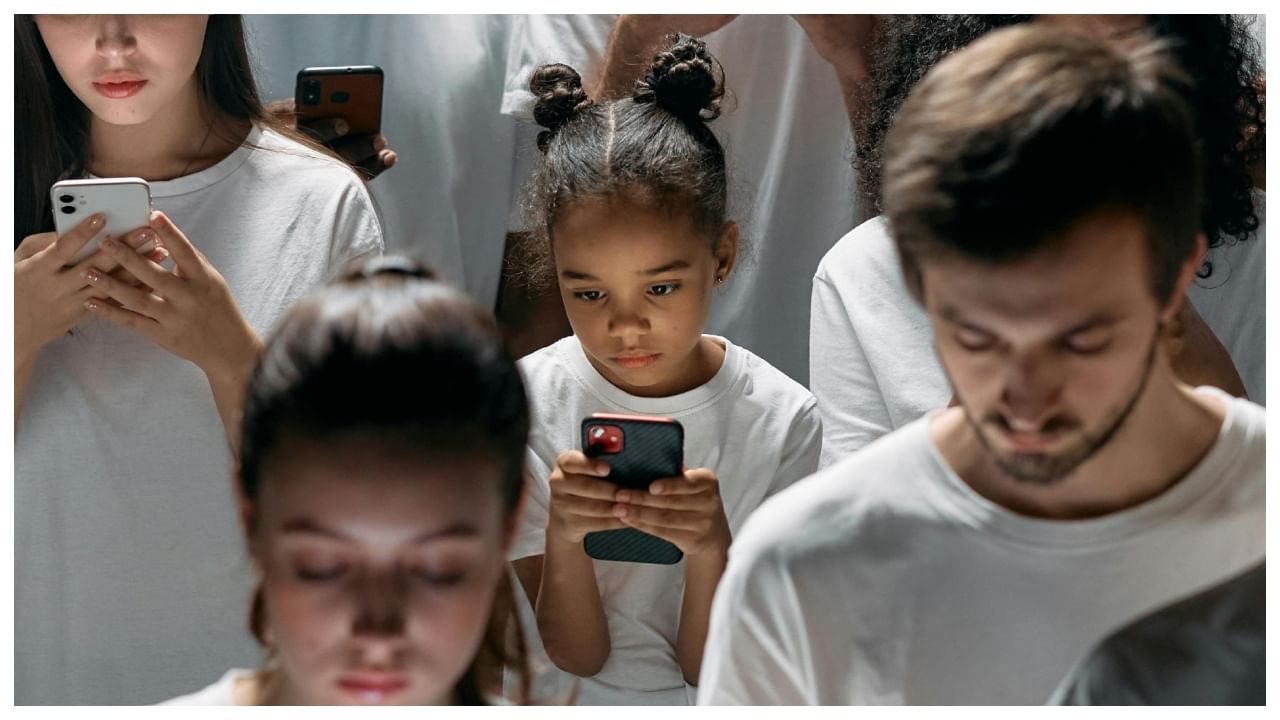New Delhi: Nowadays, screens are a required part of everyday life in the digital era. From business to pleasure, we rely on devices, including computers, cellphones, tablets, TVs, and game consoles, for numerous types of activity. But excessive screen usage can compromise eye health, particularly due to blue light emissions.
In an interaction with News9Live, Dr Sukanya Meikandasivam, Consultant – Ophthalmology, Gleneagles BGS Hospital Kengeri, Bengaluru, explained how screen time can affect vision in young children.
Managing Screen Time
Screen time is the general term used to describe the time someone spends using digital devices. From it, four main variants are different:
- Productive screen time calls for instructional activities, work, and study.
- Leisure Screen Time: Included in leisurely use are movie watching and social media surfing.
- Using video chats, games, and interactive learning by active screen time engages several senses and cognitive skills.
- Passive Screen Time: Casual viewing—that is, watching TV from a distance—requires minimal participation.
- While screens have revolutionized access and convenience, prolonged use—especially idle and leisure screen time—has caused major concerns like blue light exposure and digital eye strain.
How Blue Light Affects Eye Health
Digital screens emit blue light, a short-wavelength, high-energy illumination source. Unlike natural blue light from the sun, extended use of artificial blue light from screens can have several negative effects on eye health, including:
- Digital eye strain, sometimes referred to as computer vision syndrome, produces dryness, discomfort, headache, impaired vision, and difficulty focusing.
- Disturbed Sleep Patterns: Blue light exposure at night disrupts melatonin production, therefore affecting the quality of sleep.
- Extended high-energy blue light exposure may cause retinal stress, therefore increasing the macular degeneration over time.
How can one prevent blue light damage to their eyes?
Though reducing screen time is ideal, it is not always practical. These strategies protect vision and help to lower eye strain:
- Spend twenty seconds staring somewhere twenty feet away to let the eye muscles rest every twenty minutes.
- Conscious blinking prevents dryness and helps to retain eye moisture.
- To help reduce strain, several gadgets feature blue light filters or “night mode”.
- Blue light blocking glasses help you to filter blue light, so reducing strain and improving visual comfort.
- Keeping proper lighting, steer clear of running screens in gloomy areas, and adjust screen brightness to match ambient lighting.
- Keeping at least 25 inches as a minimum screen distance, make sure the screen is somewhat below eye level.
- Limit Passive and Leisure Screen Time: Give active and productive screen time top importance, even if reducing useless exposure.
Although in the modern digital life, screen time is unavoidable, preventative eye care is essential. Simple habits and understanding of the effects of blue light help to avoid digital eye strain and long-term vision problems. Deliberate screen breaks, lifestyle changes, or blue light filtering tools will help to ensure good eyesight in the future. If you have persistent eye discomfort despite these precautions, see an ophthalmologist for tailored advice on eye care.
